It’s a cool evening in San Francisco’s Crocker-Amazon neighborhood, with a healthy layer of the city’s ubiquitous fog blanketing the sky above – but it’s a much different story down below, where a certain warmth glows from Tony Garcia’s home yoga studio. It’s here where the muscular. mustachioed man in his 50s says he does his best work.

“I got into yoga several years ago as a way to center myself. I enjoyed it so much that I decided to become a certified instructor so I could spread the goodness to friends and family,” he says.
Tony and his wife Rachel went so far as to convert the downstairs section of their home into a full-blown yoga studio – complete with bamboo flooring, rubber mats, and special mood lighting. Soon after, they started hosting bi-monthly sessions.
“We invited family members and neighbors to give it a try. It was slow going at first, but the idea eventually caught on,” says Tony. “Now we see 5 to 10 people every other week.”

What also caught on was how the Garcias would use their newfound love of yoga to give back. “I knew I wasn’t in it to make money … instead, I wanted this all to mean something more.”
That’s when Tony hearkened back to a volunteer shift he attended at the Food Bank as part of his employment with the City and County of San Francisco. “It was a while ago, but I remember being so impressed with the operation…about how much work goes into feeding people in this city who don’t have enough food to be healthy,” he recalls. “And I thought that THIS was the time that I could do more to help.”
The Garcias decided to ask their “students” to give whatever they felt the lesson was worth, with all of the proceeds making their way into a special teapot that sits in the yoga studio. Then, every few weeks when the teapot gets full, Tony or Rachel donate it to the Food Bank.
“That was about 7 years ago…and I’m happy to say that we have never wavered,” Tony says. “100-percent of all the money that’s been raised through my yoga classes has been used to help feed the less fortunate.”

Food Bank spokesperson Mark Seelig applauds the Garcias’ extraordinary efforts. “It goes to show you that there are more ways to be philanthropic than by just pulling out your checkbook or swiping your credit card. The best part is that these funds all add up, and help us make a real difference in our mission to end hunger in San Francisco and Marin.”
Over the years, the Garcias have become way more savvy in their gift-giving. “We now wait until the Food Bank offers some sort of corporate match to donate – so we can double the impact!” They’re not finished just yet either. Tony says he plans to keep doing this … “as long as my body holds out, and as long as we have friends and family who want to support the Food Bank in the most calming way possible!”
If you are giving to the Food Bank in a creative or unusual way, please leave us a comment. And click here if you would like to make a generous donation to the Food Bank.


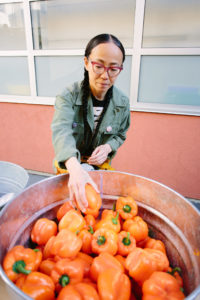
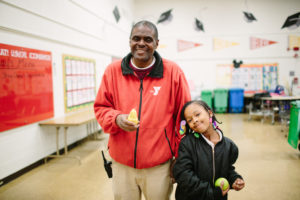
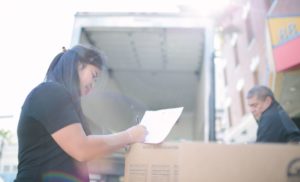
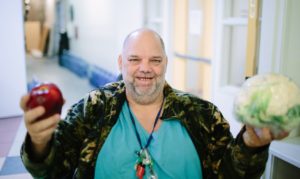
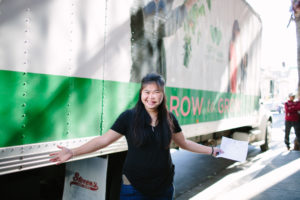

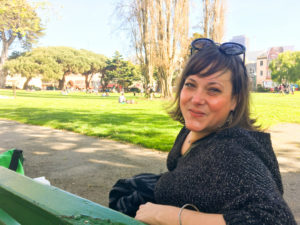 Bad luck and broken dreams
Bad luck and broken dreams
Share